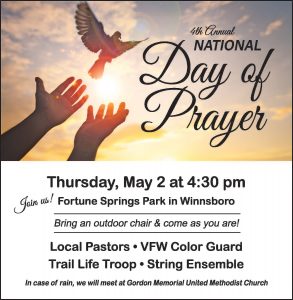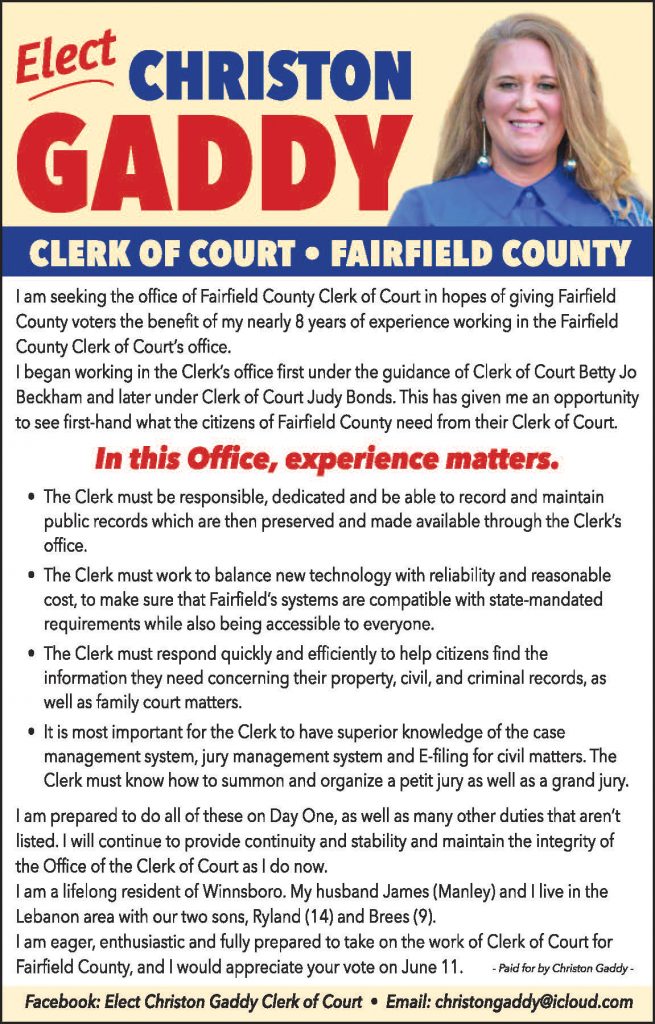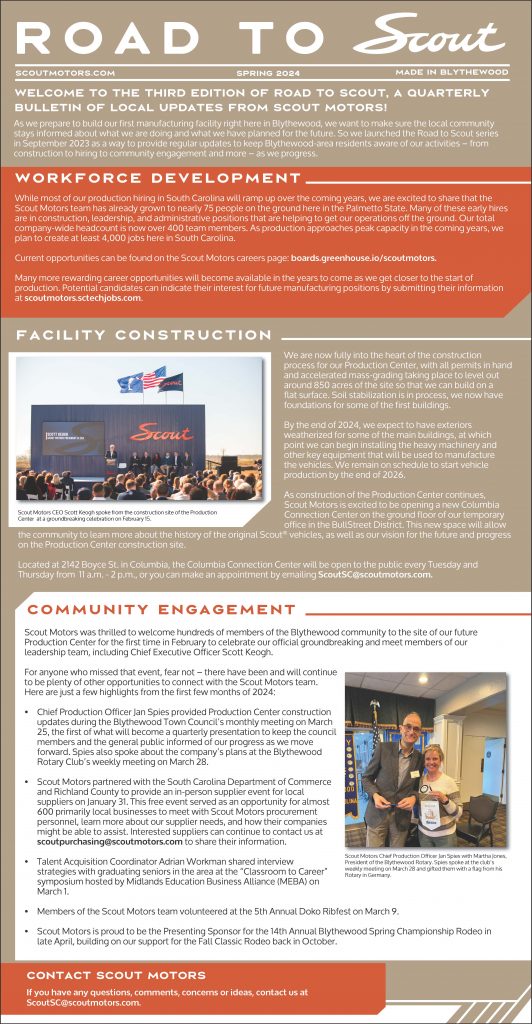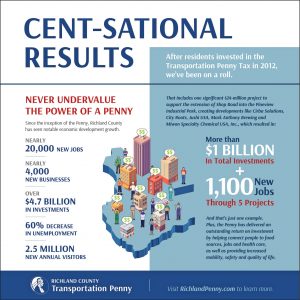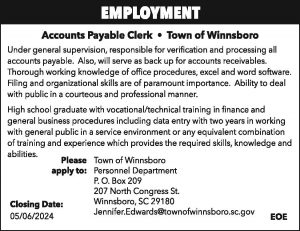RIDGEWAY (Aug. 18, 2016) – There was a motion. There was a second. And there was a 3-2 vote by Town Council on Aug. 11 to approve Russ Brown’s request to rezone .82 acres at the fork of Highway 21 and Highway 34 from residential to commercial.
But as of press time, it was unclear whether or not Brown’s request actually passed.
Just in case, Herbert Robertson and Robert E. Johnson, who live near the property, sent the Town a letter protesting the rezoning that may or may not have passed on Aug. 11.
“Opposite side of the tracks. That’s the only thing that’s different between Russ Brown here and the rest of us in attendance,” Sara Robertson, another nearby resident, told Council during the public comment segment of the Aug. 11 meeting. “We, just like Mr. Brown, are hardworking individuals, and we’re trying to protect and maximize our return on our investment, just like he is. However, to have our own Town Council to once again entertain this request to rezone this small parcel of land for one individual at the expense of a whole neighborhood is very disturbing.”
Robertson presented Council with a petition that she said contained the signatures of 50 people who were opposed to Brown’s rezoning request. But Brown, during his turn at the podium, said the time for opposition to his request was during the Planning and Zoning Commission’s July 12 public hearing. The Commission voted to recommend Brown’s request for C-2 zoning on a 5-2 vote.
“There was zero opposition at that meeting. It was posted in the paper and a sign was on site,” Brown told Council. “The opportunity to come to the meeting was there.”
But Robertson pointed out that the Commission had strayed from the Town’s zoning ordinances by recommending the C-2 classification. Indeed, according to Article 10, Section 1007, only the Council or the Commission – not an individual – can initiate a zoning change of a lot less than 2 acres. The exceptions being for the extension of existing district boundaries or the addition of C-1 zoning contiguous to existing I-1 zones.
Patty Cookendorfer, Zoning Administrator, told Council the oversight was discovered during a Planning and Zoning workshop held two weeks after the public hearing.
Mayor Charlene Herring said “several missteps” had occurred during the process. Those included, she said, an error on the sign posted on Brown’s property. The sign, she said, reflected a request for C-1, not C-2 zoning.
“I know there’s been a little bit of question about the sign itself, being C-1 or whether it was C-2,” Brown said during his comments, “but at the same time, the zoning change was posted as commercial. Obviously, you knew it wasn’t a request to keep it residential.”
Herring also noted the minimum lot size requirement of a C-2 request, as well as the petition in protest of the zoning change, both of which caused some confusion.
According to Article 10, Section 1005, “In case of a protest against any proposed zoning change signed by the owners of 20 percent or more of the area of (a) the lots included in such proposed change, and (b) those lots contiguous to the area in question, such amendment shall not become effective except by the favorable vote of three-fourths of all the members of town council.”
“What does this mean?” Herring asked Council. “Is it (contiguous) something that is right next to (a property)?”
Councilwoman Angela Harrison said the Town’s ordinances indicated that the meaning of “contiguous” was “properties in the area;” however, a review of the Town’s zoning ordinances reveals no such definition. In fact, while the ordinances define many terms included within, there is no definition at all for “contiguous.”
The ordinances do say that “Where words have not been defined, the standard dictionary definition shall prevail.”
The standard dictionary definition for “contiguous” is “touching; in contact.” The second listed definition, meanwhile, is “in close proximity without actually touching; near.”
“I’m a little bit confused by our own zoning ordinances,” Herring admitted. “I thought I understood them, but I don’t know that I really do.”
Herring suggested that Council table the request until a lawyer could interpret the ordinances for them.
Councilman Heath Cookendorfer reminded Council that the Commission’s role was only an advisory one, and he moved to approve a C-1 zoning for Brown, which he said would still fit Brown’s needs but would get around the 2-acre minimum lot size that a C-2 would require.
Doug Porter seconded the motion, which carried 3-2. Harrison and Herring voted against the request.
But Harrison said because there was a protest, the request needed a three-fourths vote to carry.
“What is three-fourths of the (five-member) Council?” Herring asked.
According to the S.C. Municipal Association, three-fourths of a five-member council is four.
“That’s the reason I wanted to have a lawyer look at this,” Herring said.
The protest letter sent to the Town on Aug. 12 called Council’s decision “unlawful” and said the 3-2 vote was invalid. According to the Town’s zoning ordinances, the appeal must first go to the Board of Zoning Appeals within 30 days. The Board must then hold a hearing. The appeal may also go directly to Circuit Court.
“If they can’t see past getting this lot rezoned they might as well put a wall up around town,” Brown said this week. “Growth is coming to Ridgeway.”



